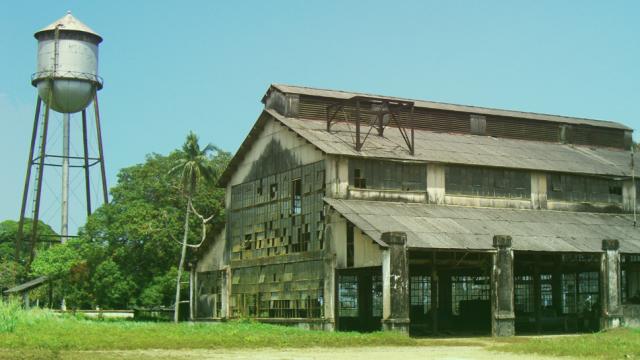The murky legacy of Henry Ford — who would’ve been 150 today — centres around a few familiar ideas like the assembly line and the $US5 workday. Less familiar is Ford’s biggest failure: Fordlandia, a city in the rainforest that was abandoned as quickly as it was built.
Ford was a farm boy who went on to establish 20th century consumerism as we know it, but he had plenty of missteps, too, ranging from his anti-semitic remarks to his attempts to engineer whole communities around his ideas about labour practices — including the one he built on the edge of the Brazilian rainforest.
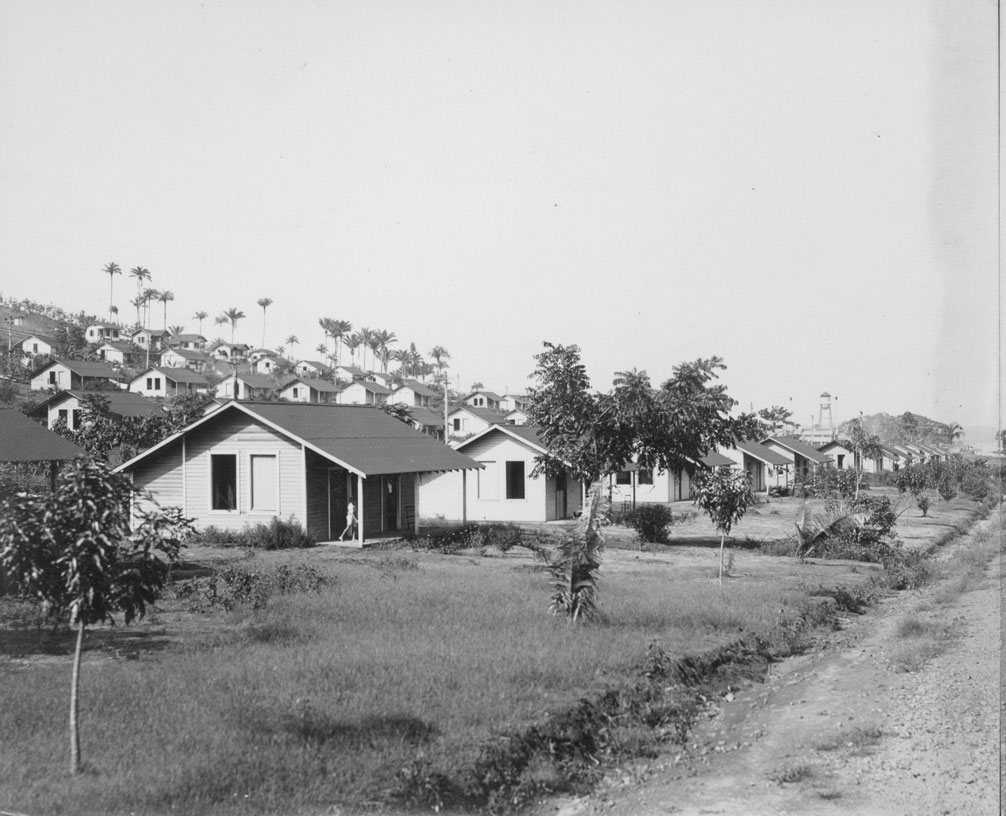
So, whence Fordlandia? The community was spurred by a problem caused by the incredible success of Ford’s empire. By the early 1900s, America was gobbling up more than 70 per cent of the world’s rubber, most of it going to Detroit. These were the days when rubber still came from plants — meaning that most of it had to be shipped from Southeast Asia. Ford, a dude who was pretty into efficiency, was hesitant to keep buying his company’s supply from Malaysia, where British rubber plantations were churning out most of the global supply, so he set out to establish his own rubber farm. In a fit of creativity, he named it Fordlandia.
In 1928, Ford sent a boat loaded full of machines and supplies to a 6,000-square-mile plot of land on the Amazon. Filled with Ford company managers, the charter’s mission was to embed American suburbia in the heart of the rainforest. Within a few short months, they’d set up homes, running water, electricity, and all kinds of other extras (like swimming pools) that played to Ford’s belief that leisure was an essential part of the economy.
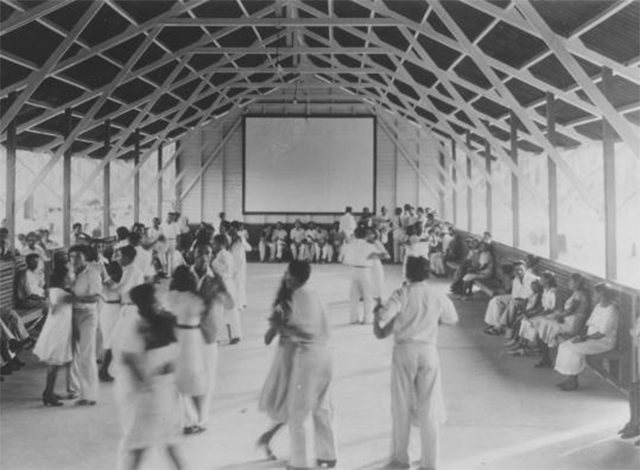
Local workers were expected to adopt a suburban Michigan lifestyle, too — with a healthy dose of Ford’s own morals, which meant that both booze and ladies were outlawed within the town. According to a terrific podcast from How Things Work, the transplant town even hosted mandatory square dancing. Burgers and other American fare featured in the cafeteria. A Harper’s reporter writing about the town had the following to say about the fare, in 1941:
A workman’s mess hall was set up, but native workers did not like the wholesome Detroit style cooking and complained bitterly of indigestion. North American fare in the jungle no more pleases the customers than a quick change to Amazon fare would please you or me.
This kind of blatant cultural whitewashing might’ve flown, had the work itself taken off. But it turned out that rubber plants were being cultivated in Southeast Asia instead for a very good reason: There were no natural floral predators there, as there were in Brazil. Production was sluggish, and the Michigan managers had zero botany know-how.
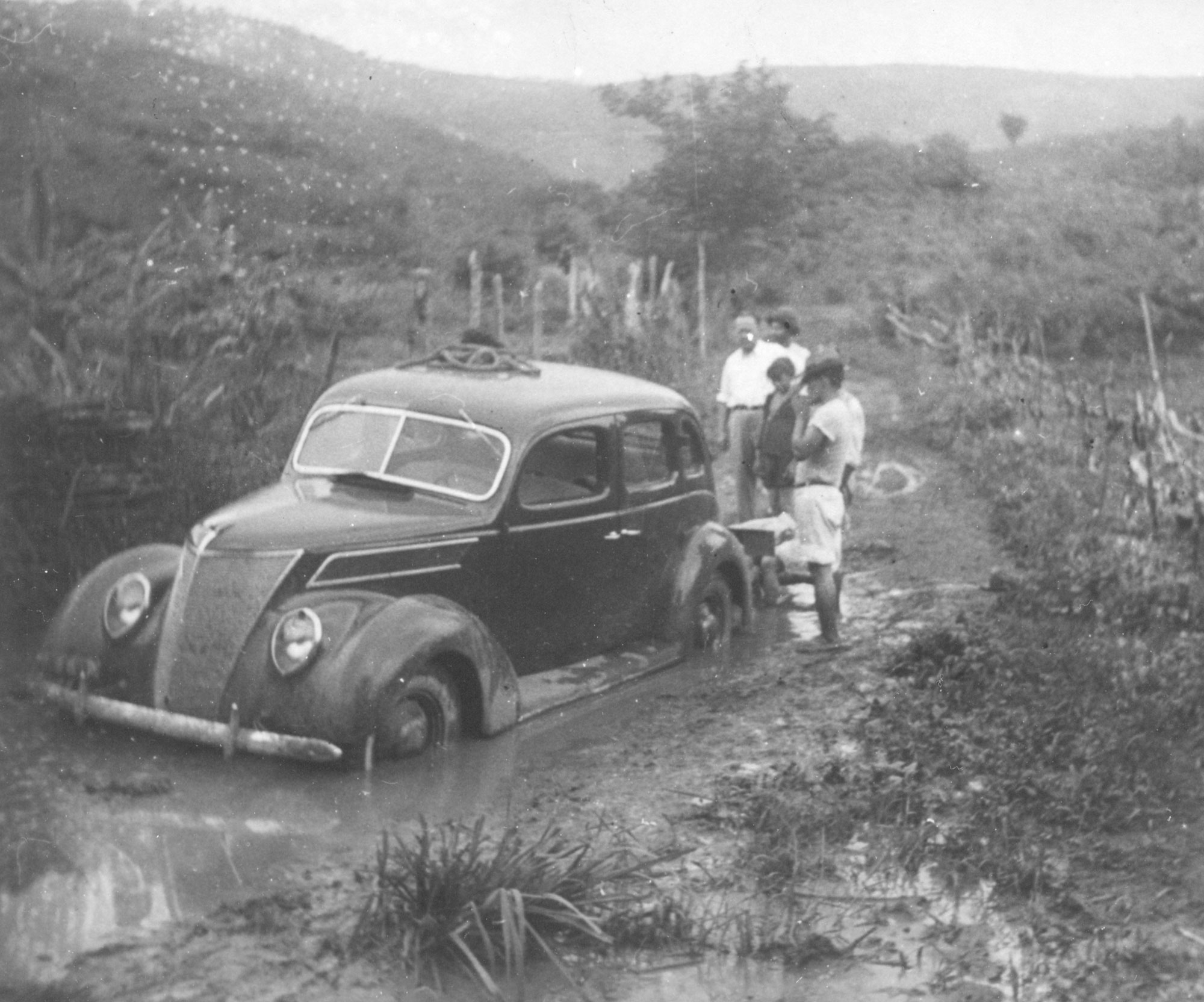
What’s more, native workers began to rebel (surprise!) against the strict rules about lifestyle. Soon, a so-called “Island of Innocence” was established in the middle of the river, where workers could go to kick back with a drink and a female companion. Riots broke out a few years later. In 1933, Ford hired a professional to find out why his plants weren’t growing (poor soil quality). He tried again and again, relocating Fordlandia to a better patch of land downstream. Fordlandia was still underperforming.
Fordlandia’s final death knell rang a few years later, when the invention of synthetic rubber made the town irrelevant. Soon, Ford had sold the land back to Brazil at a loss of around $US20 million (or $US200 million today if you account for inflation), leaving Fordlandia’s little suburbia to decay. Today, the town is a decaying hobble of ruined buildings.
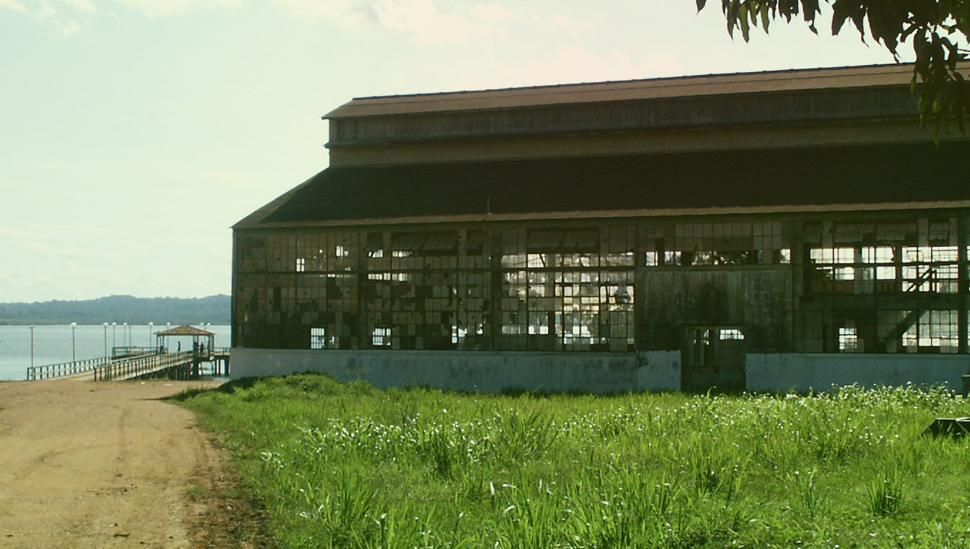
Photo by Méduse.
It’s a fascinating story of arrogant cultural transplantation gone awry, but there’s also something strangely sad about photos of Fordlandia today (like those of photog Dan Dubowitz), especially in light of the ongoing demise of towns Ford built in America. In his book about the failed community, Fordlandia: The Rise and Fall of Henry Ford’s Forgotten Jungle City, author Greg Gandin writes:
There is in fact an uncanny resemblance between Fordlandia’s rusting water tower, broken-glasses sawmill, and empty power plant, and the husks of the same structures in Iron Mountain, a depressed industrial city in Michigan’s Upper Peninsula that also used to be a Ford town.
They didn’t fail for the same reasons — but in a way, Ford’s ideas about consumer spending contributed to the decay of both. Check out Gandin’s excellent history for more, if you’re interested.
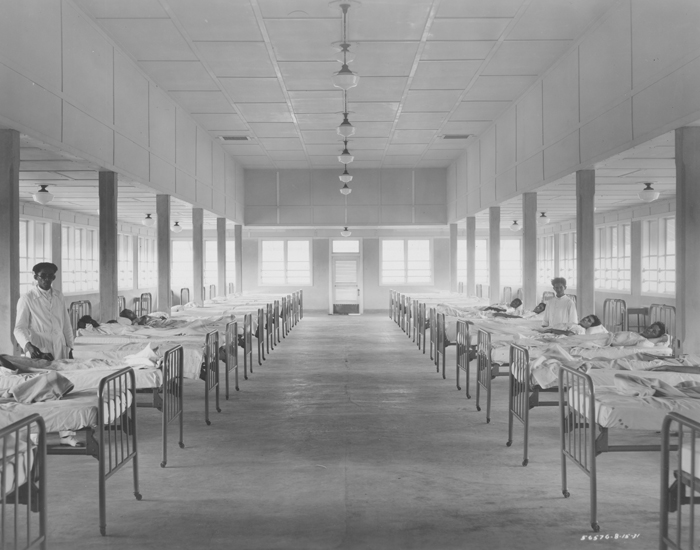
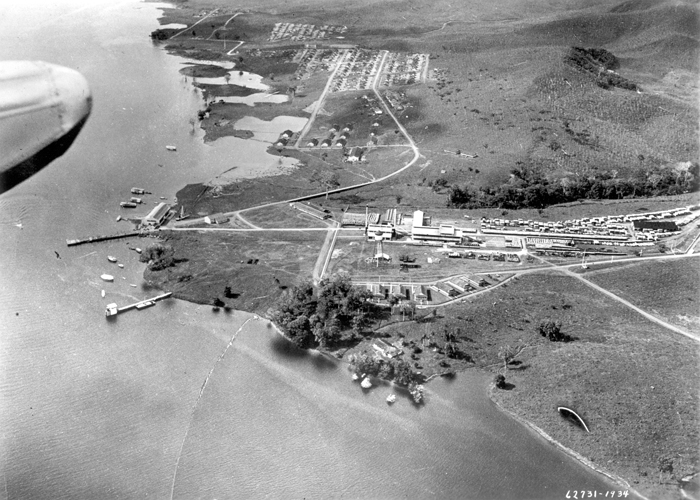
Images via Sometimes Interesting. Lead image by Amit Evron.
